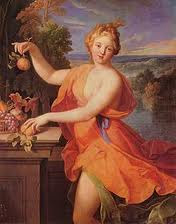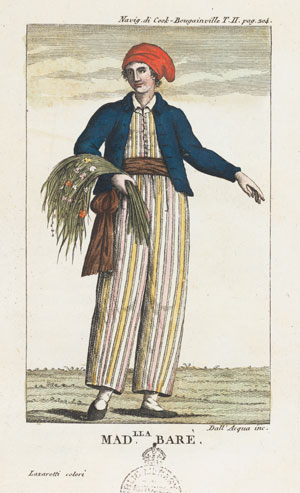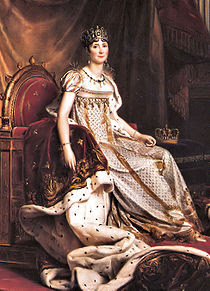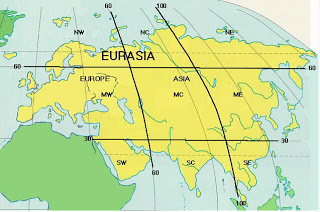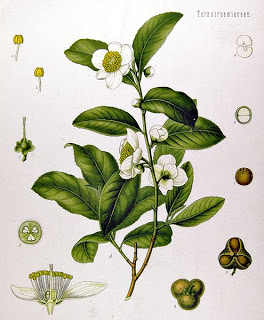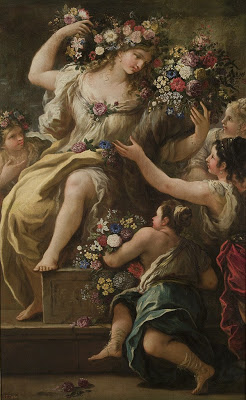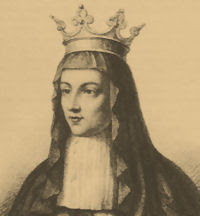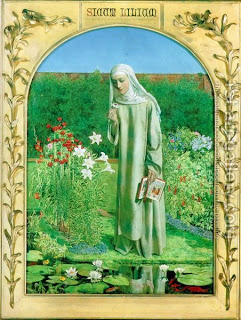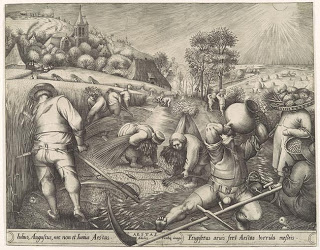Pomona is a Roman goddess of fruiting trees and orchards. She did not care for forests, she loved her cultivated countryside. She wields a pruning knife in her right hand for she is an expert in pruning and grafting. Despite the fact that she preferred to be alone to care and nurture her trees, this amazon-like beauty was besieged by suitors, in particular a god called Vertumnus. Vertumnus had the ability to take different human guises and made numerous attempts to woo Pomona but she turned him away each time. It wasn’t until Vertumnus appeared before her in his proper person (apparently quite a good looking fellow) that Pomona gave in to his charms. Vertumnus is a god of gardens…
